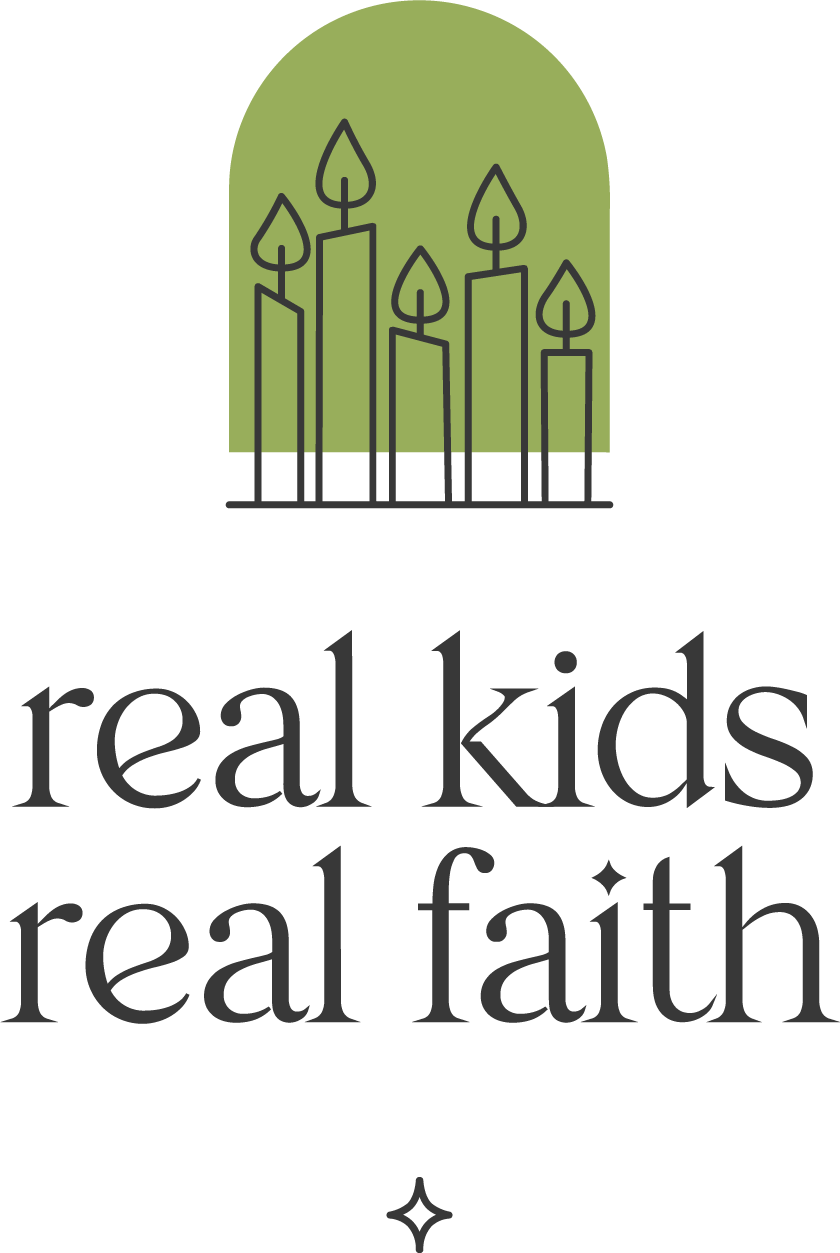With stories about refugees and immigrants frequently in the news, children are certain to wonder about why they’ve come and what their experiences are like. Reading stories is one way to address children’s questions. Consider adding one or more of the books on this list to your collection for read-aloud time or a child’s personal exploration.
Counting Kindness: Ten Ways to Welcome Refugee Children (2020). This book by Hollis Kurman uses a familiar preschool story tool (counting from 1 to 10) to show young children what it is like to be a refugee. Told from a refugee family perspective, it highlights aspects of the immigration process, from finding a warm bed to learning new words and making new friends.
Dreamers (2018). Yuyi Morales tells the story of immigrating to the U.S. from Mexico with her infant son in this beautifully illustrated book. One day, they discover the wonders of the public library, where they learn to read and begin to feel at home. The last pages include a list of 48 children’s books that Morales says have inspired her as an immigrant.
Home is In Between (2021). This book stars Shanti, who immigrated to the U.S. from India. Author Mitali Perkins depicts the contrasts between Shanti’s world with her family, where they enjoy foods and activities that remind her of her origins, and the world outside her house, which is full of wonderful, confusing, and sometimes upsetting new experiences. Caught ‘in between’, Shanti is soon very tired. But she also decides that it is possible to feel at home, even when negotiating between two cultures.
Lily and the Polar Bears (2018). When their habitat begins to melt, a group of polar bears float on ice rafts to a beach where Lily is playing. She takes them home, and thus begins Jion Sheibani’s humorous yet informative story about how immigrants contribute to society. Not everyone is happy the bears have come to town but, in the end, everyone feels at home. This book might be a good choice for children who would be overwhelmed by seeing someone just like them at risk, as Sheibani’s use of animals as immigrants creates a bit more distance.
My Name is Not Refugee (2017). As a mother describes for her child the immigration journey they are about to take, this book by Kate Milner intersperses questions for the listener that relate to the story. Children are asked to imagine how far they could walk, what games they might play while waiting in line, and how they would brush their teeth if sleeping rough. As they personalize the story for themselves, they learn to see the refugee child as a real person too.
Wisp: A Story of Hope (2019). A magical flickering Wisp moves through a refugee camp and whispers memories of home in the ears of its inhabitants. Idris, a child born in the camp, wonders what the Wisp will say to him since this is the only home he has ever known. Imagine his surprise when he hears a promise that someday, he will have a new home. Authors Zana Fraillon and Grahame Baker Smith show children how memories and hope are what help refugees persevere until they are finally settled.

Comments